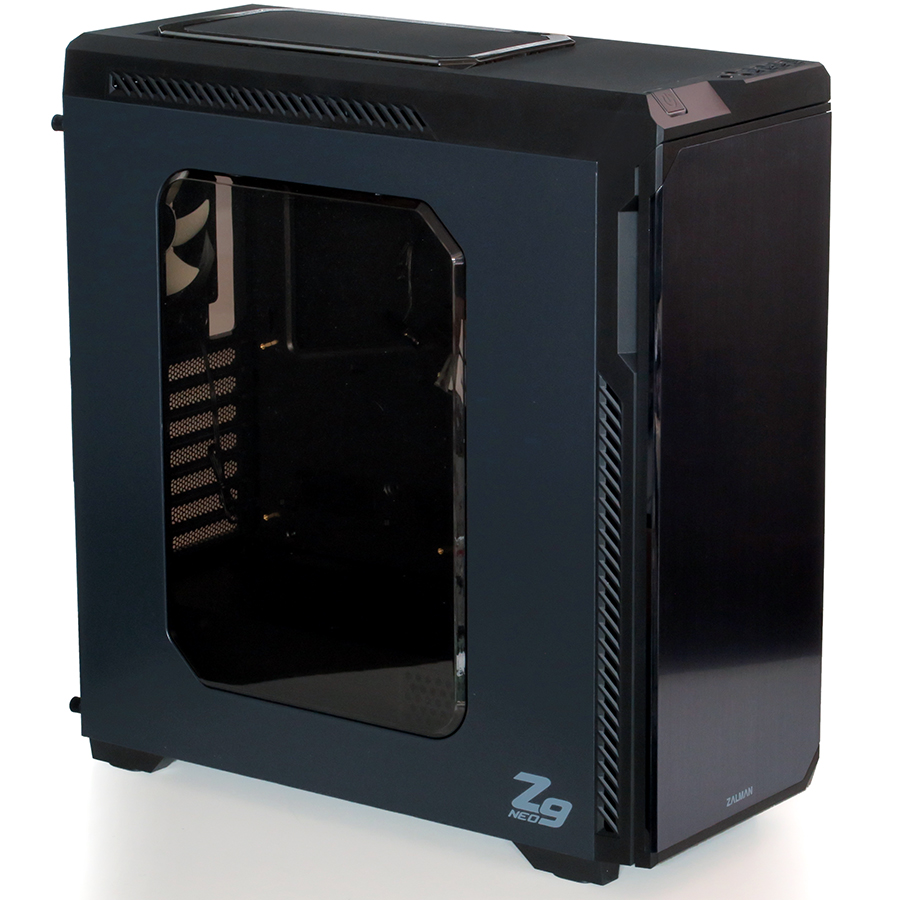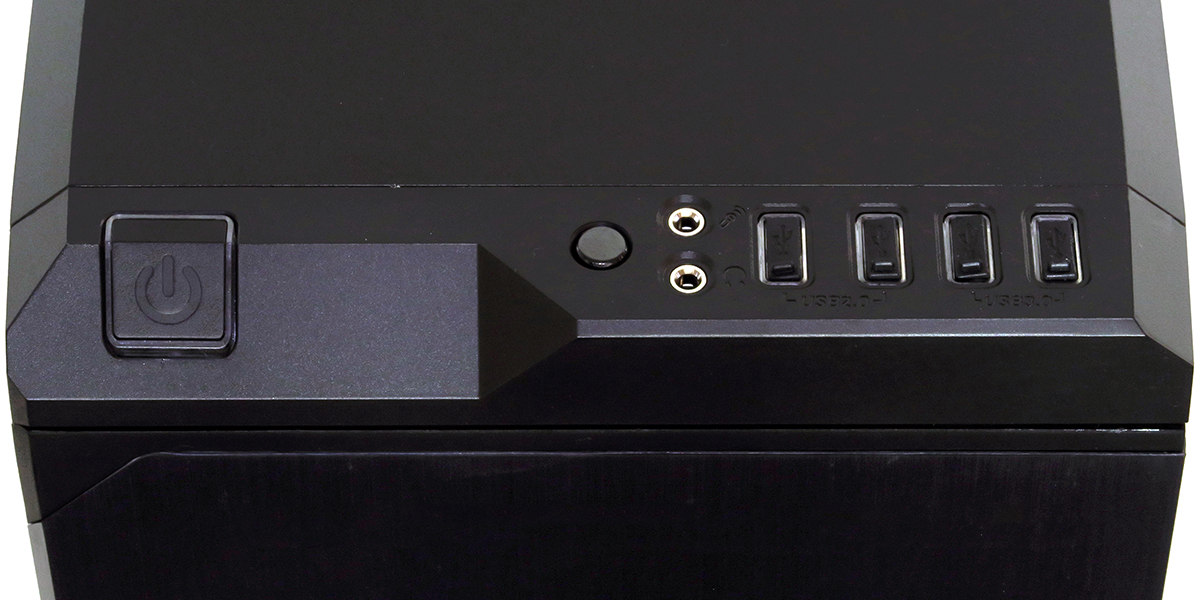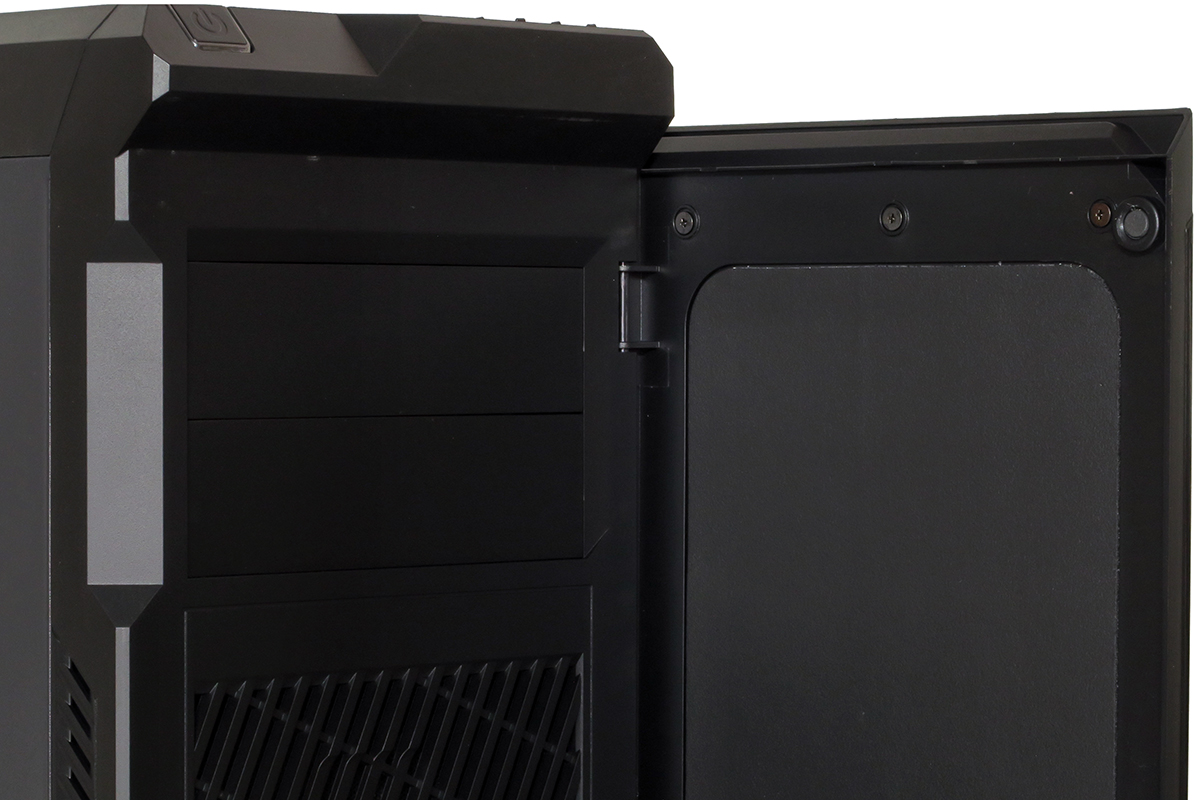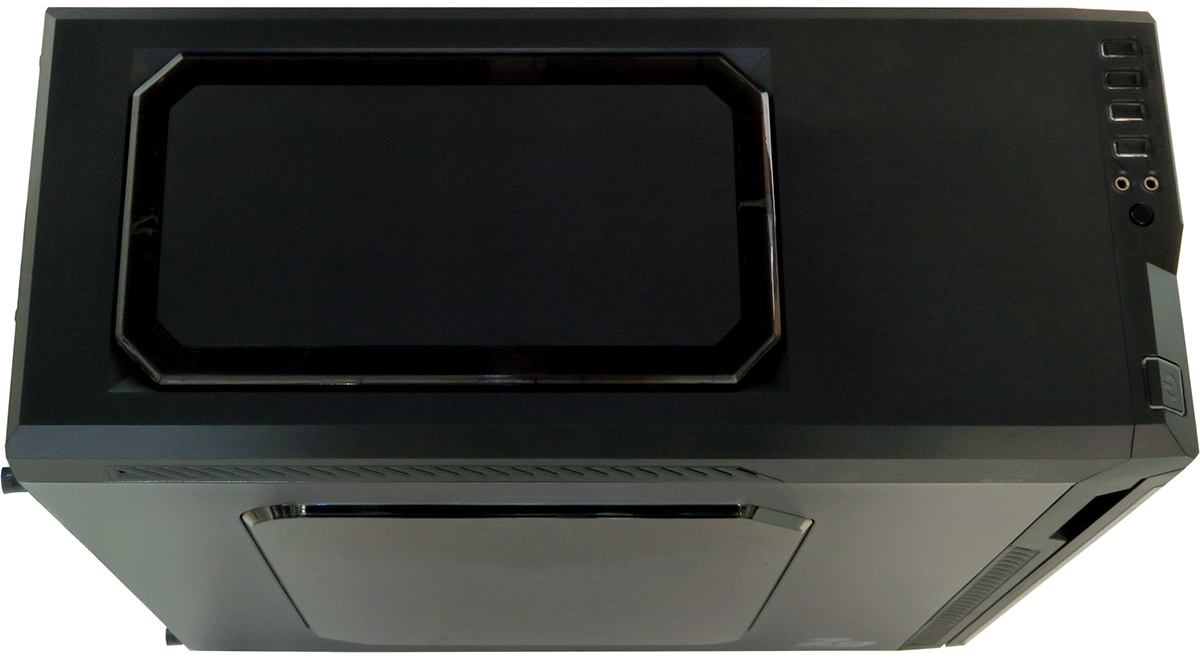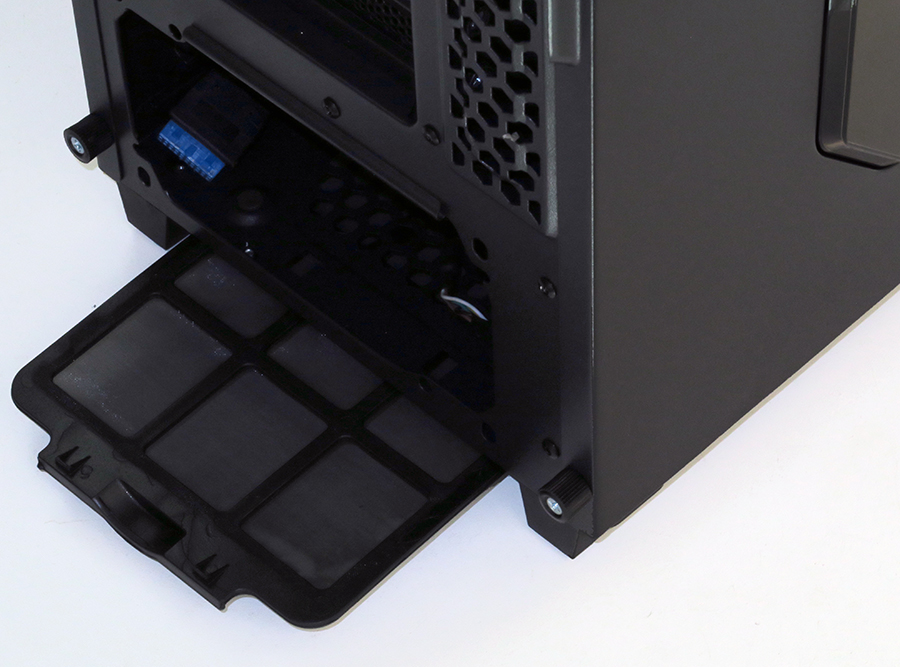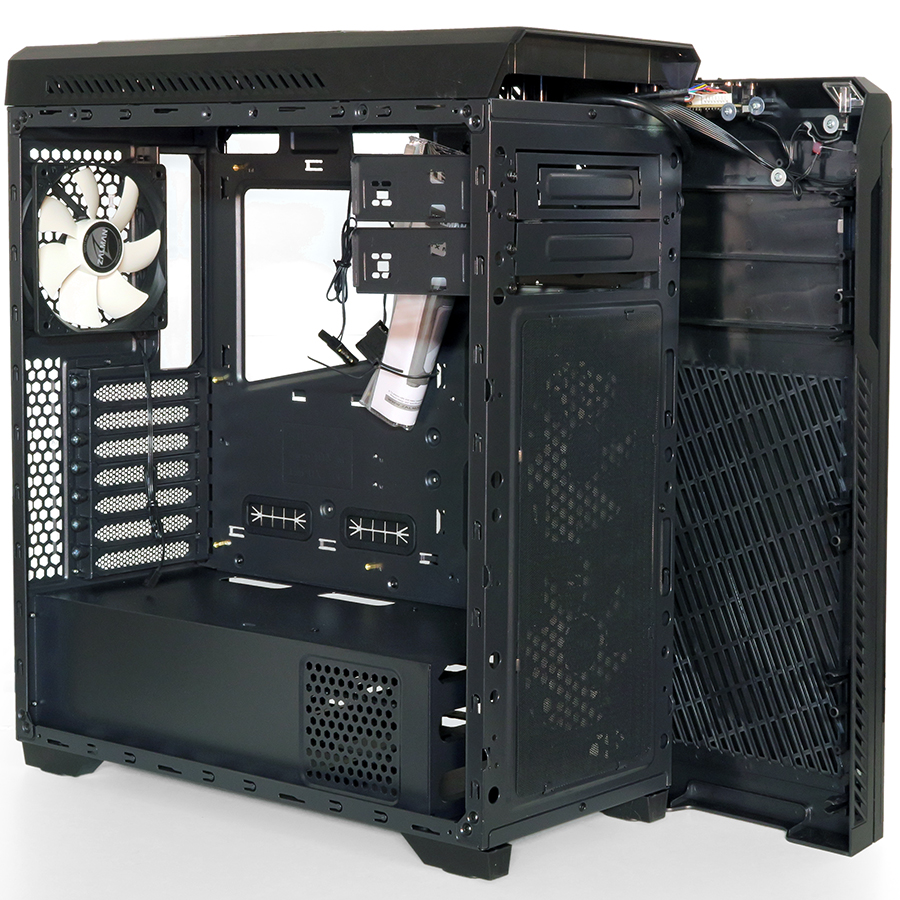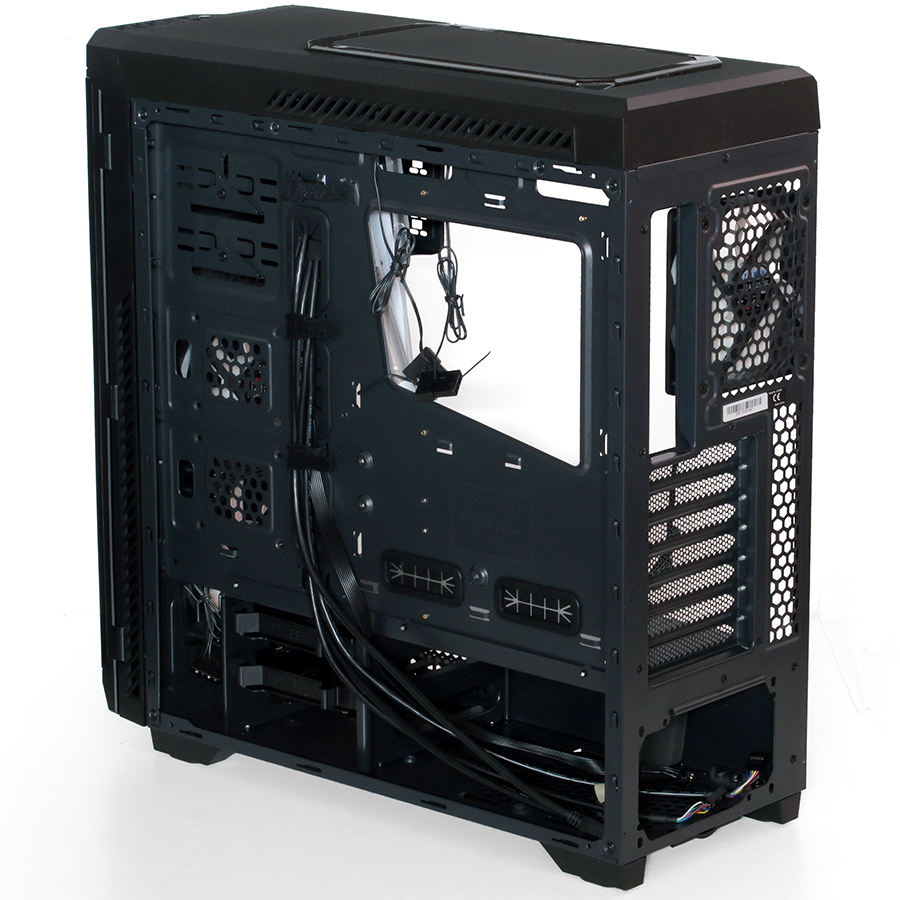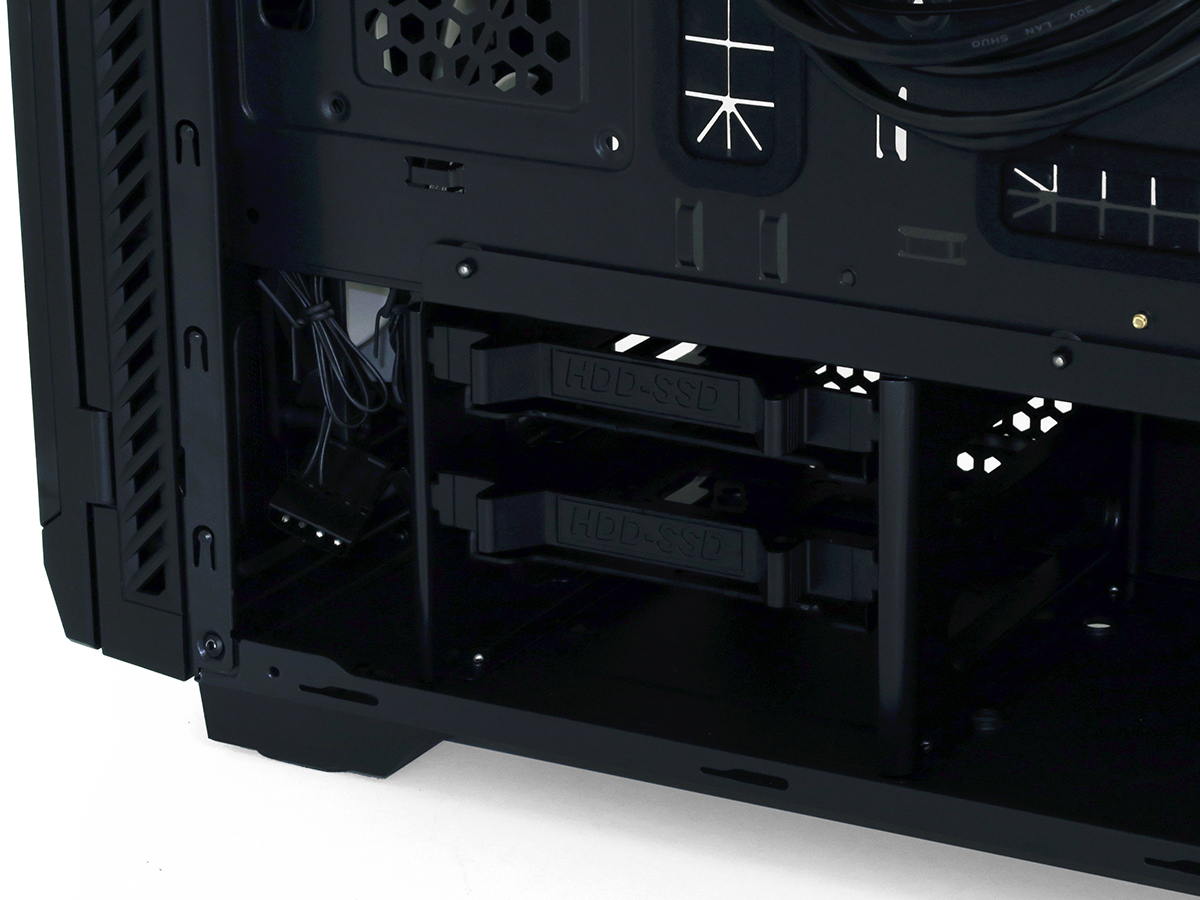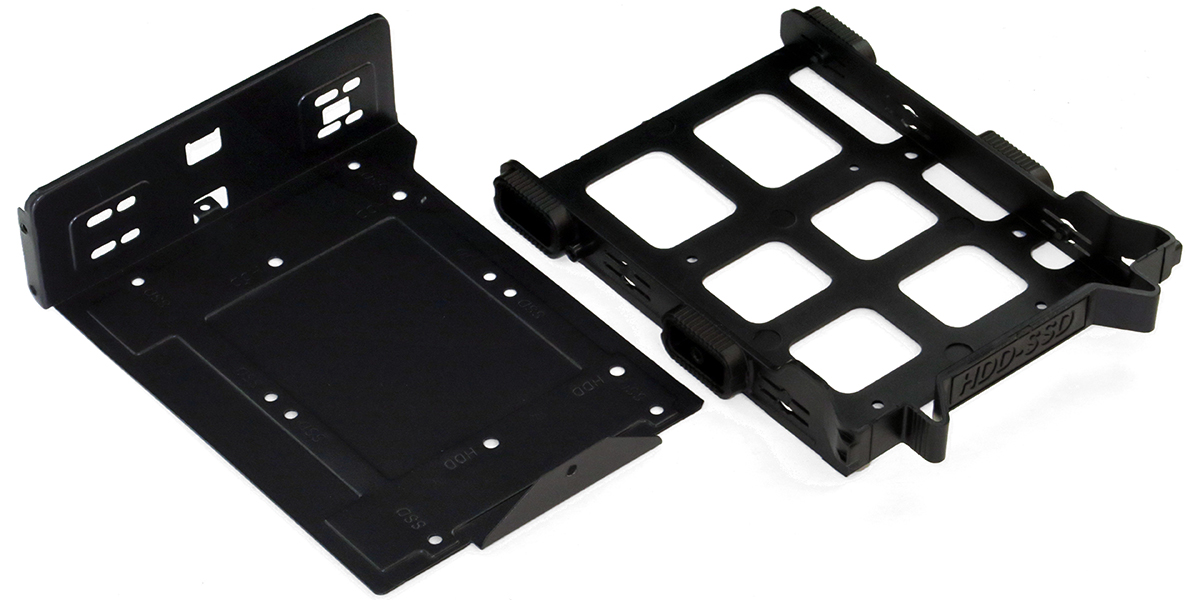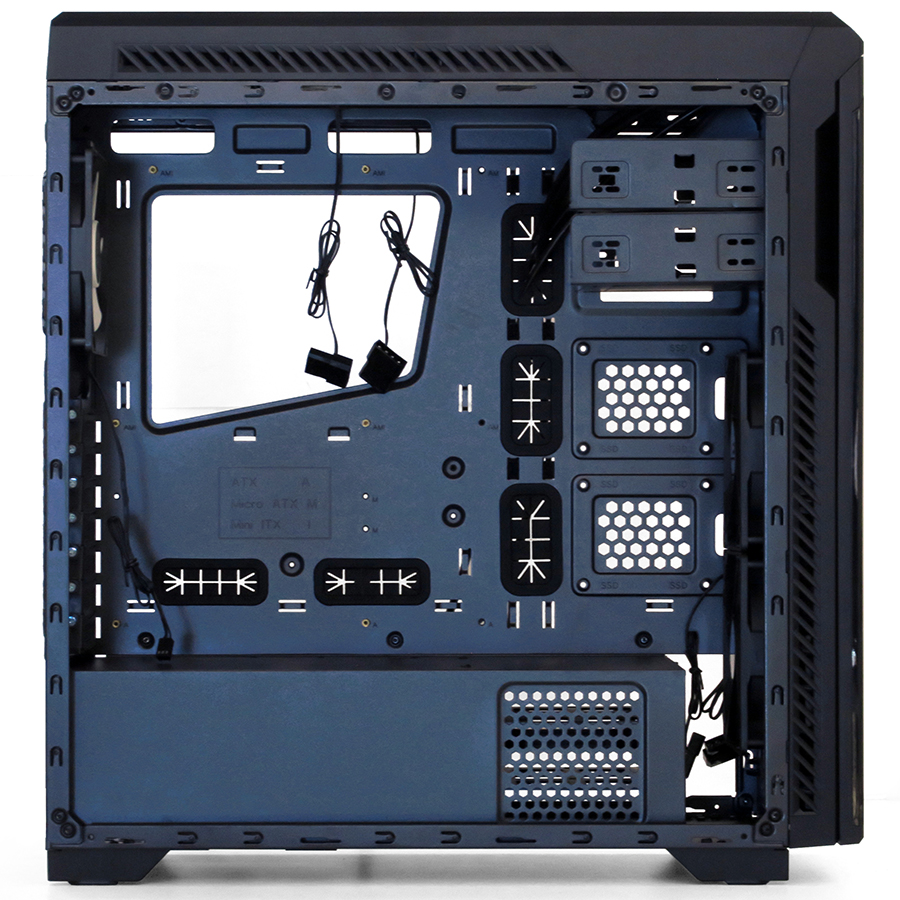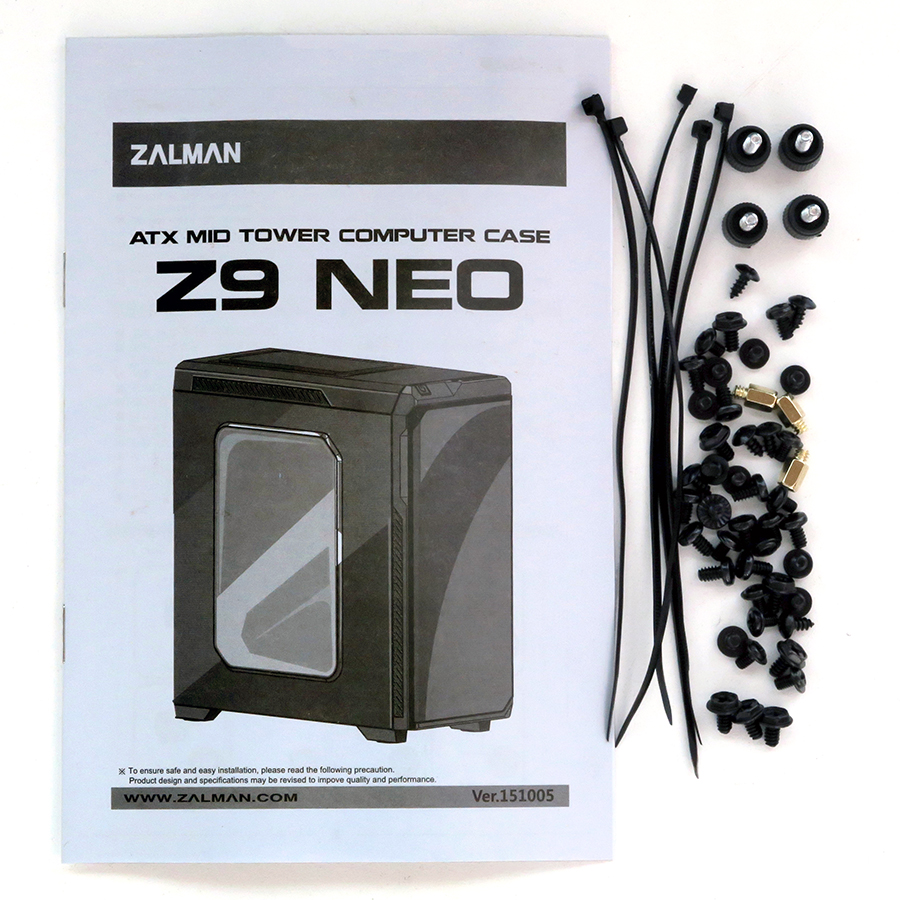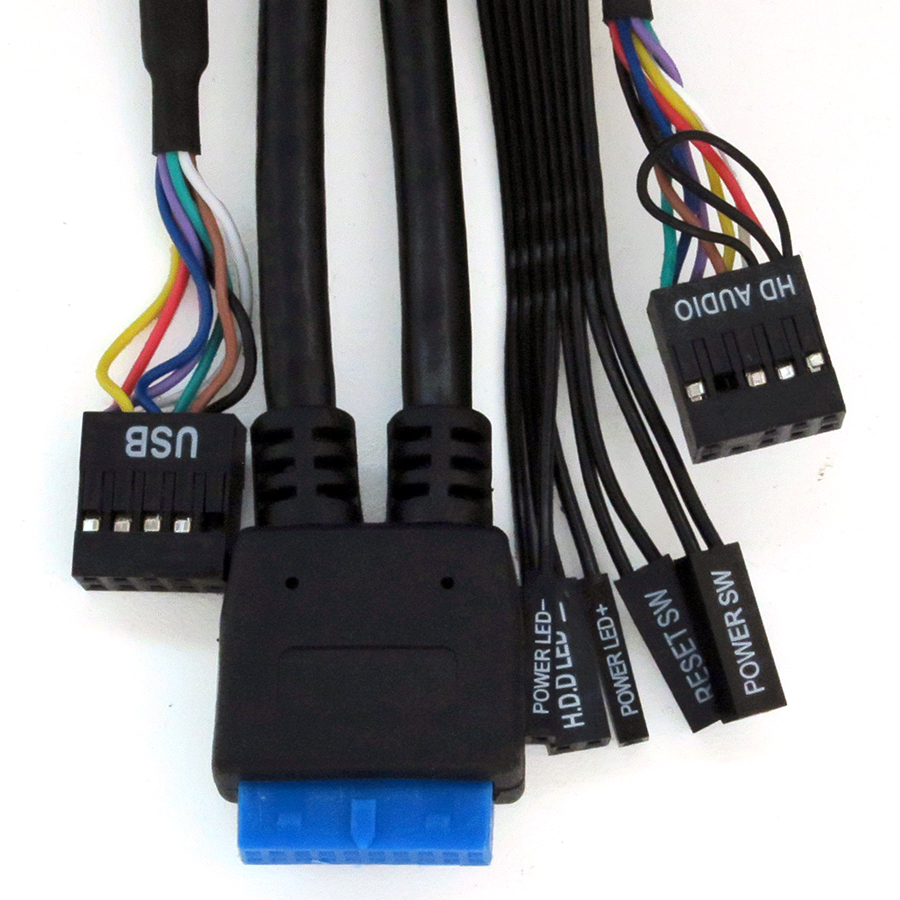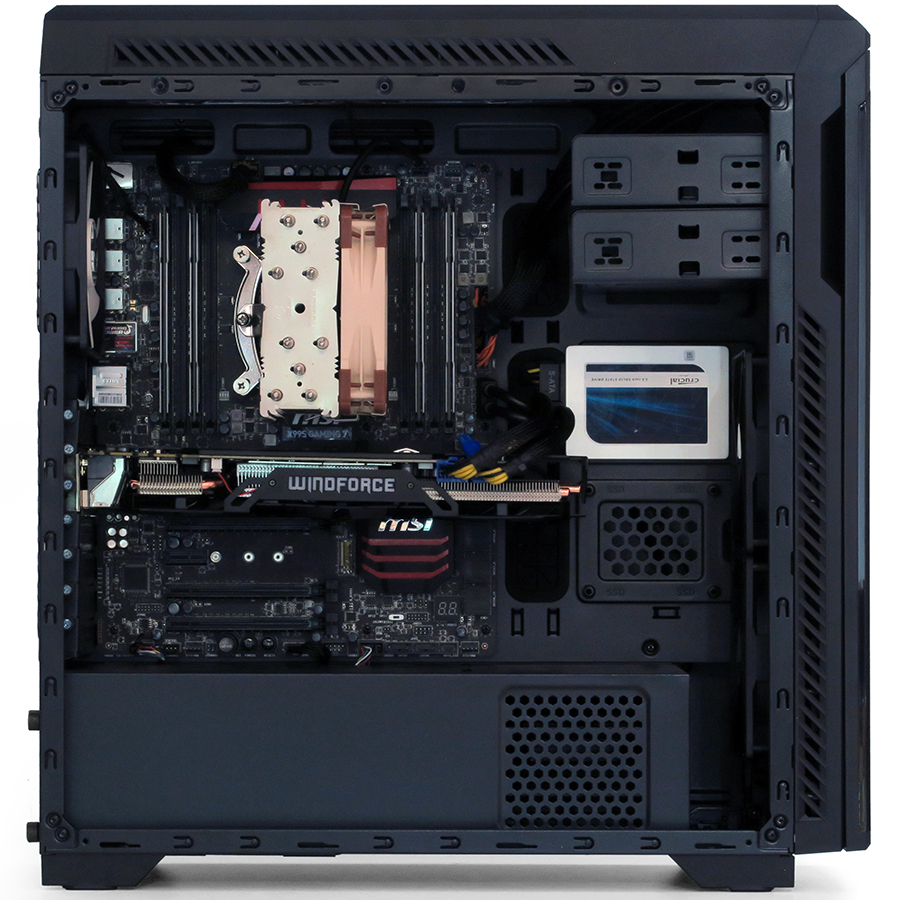Early Verdict
Great noise control and good thermal performance add to the Z9 Neo’s excellent price and adequate feature set, making it a better value for the majority of mid-tower gaming PC builders.
Pros
- +
Cheaper than most gaming cases
- +
Supports two dual-fan radiators
- +
Includes five fans
- +
Room for big cards and oversized motherboards
- +
Great cooling-to-noise ratio
Cons
- -
ATA-style fan power
- -
Riveted power supply shroud and hard drive cage
Why you can trust Tom's Hardware
Introducing Zalman’s Newer Neo
Companies like Zalman know that mainstream computing and mainstream PC gaming are completely different markets: While the typical mainstream PC might get by with a $40-$60 case or some deluxe (quieter) version thereof, gaming hardware puts more heat into the case, which a gaming-market case must then expel. The result is that gamers have the privilege of paying twice as much for hardware, typically $80-$120. Zalman’s response with the Z9 Neo seems to be “We can beat that.”
Most of us know that Zalman isn’t the first company to try beating the market on both quality and price; Antec did this long ago with the sturdy materials of the 300 Illusion, and Cooler Master more recently with the EATX capability of its MasterBox 5. Of course Cooler Master basically gutted the front end of its MasterBox 5 to make room for EATX motherboards, and Zalman could have just as easily listed EATX capability by simply not including its top two removable bays. And even though the Z9 Neo doesn’t have the extra standoffs to hold a 13" board, it just as easily holds the targeted 10.65”-deep enthusiast-class motherboards that drive the mislabeled EATX gaming case market.
And we shouldn’t bury the lede: all three of the cases I just mentioned reached their glory by capitalizing on a $70 web price.
Several of our readers have dumped on USB 2.0 ports, but the Z9 Neo offers those in addition to USB 3.0 ports. We’d rather have the extra ports than not, even if they’re covered with easily-lost rubber dust plugs.
Stand out features include a rubber-backed, aluminum-skinned drive door. Anyone who despises external bays need not open that door, while those of us with bay devices such as the Asus OC Panel can gain easy access.
The Z9 Neo top panel features a floating tinted plastic fan cover. Two included 120mm lighted LED fans reside between the metal structural panel and plastic façade.
A small pull-out filter covers the power supply’s air inlet.
Get Tom's Hardware's best news and in-depth reviews, straight to your inbox.
Front fan filtration is a little more difficult to remove, requiring the user to pull off the Z9 Neo’s face panel and slip the edges of the filter mesh out from under holding tabs. Two 120mm fans are also found here, though these lack the LEDs found on the top fans.
Building With The Z9 Neo
Zalman provides just enough space behind the Z9 Neo’s motherboard tray to slide through the main ATX power cable, and not much room for other cables to cross it. Most builders will be fine as long as they plan their wire routing with that limitation in mind.
The lower portion of the Z9 Neo includes both a power supply cover and a two-tray drive cage, and both of these are riveted in place.
Both the upper and lower trays support 2.5” and 3.5” internal drives, but the screw-on upper bay also supports 5.25” external bay devices. Meanwhile, the slide-out lower tray offers vibration damping for 3.5” mechanical drives.
Liquid cooling fans will probably like that the Z9 Neo has clearance for 1.3”-thick radiators both behind the front fans and below the top fans. The front fan mounts further support a pair of 140mm fans, while the top mount is limited to a pair of 120mm parts.
The Z9 Neo installation manual was wrapped around its hardware pack, and I took time to flatten it rather than report that it wouldn’t lay flat. Several thumb screws and cable ties are included in addition to the regular mounting hardware.
A split power LED connector fits both standard two-pin and legacy three-pin spacing. Knowing that motherboard manufacturers ditched AC-97 audio in favor of HD Audio around 15 years ago, Zalman ditched the messy legacy adapter.
The three standoffs shown in the installation kit fill the third column of a full ATX motherboard installation, or the middle row of a Micro ATX installation. Our motherboard is ATX.
Confounding marketers of tool-free features, the Z9 Neo proves that screw-together installation is usually the easiest.
MORE: Best Cases
MORE: All Case Content
MORE: In Pictures: 40 Unusual Computer Case Mods
-
bit_user Having to access the other side to get at the drives in the bottom tunnel would be annoying. Drives are the component I swap out most frequently, especially when I just went through a round of OS upgrades (Win + Linux), to make backups, copy data, etc.Reply -
10tacle Thanks for this TH team. We can never have enough case reviews! I snapped up an older USB 2.0 variant of the Z9 U3 case a few years ago on NewEgg for $40 on a Shellshocker deal (the one that has the "Z" in the front as part of the intake design where the fan is). I was looking for a second case to place my Sandy Bridge equipment while upgrading to Haswell. It has turned out to be way better than expected in quality.Reply
My only complaint is that the HDD cage inhibits the single 120mm front fan airflow and therefore overall case airflow. That same Sandy build in my Antec Nine Hundred case (running the Haswell upgrade) under load ran about 4C cooler on the CPU, and a whopping 6C cooler on the GTX 680 GPU (blower fan). That shows you how important a good air flow design can really make a difference on air cooled equipment. However, considering I paid $110 originally for the Nine Hundred and no longer overclock the Sandy build, it's not a bad compromise. -
Anathemata I wasn't impressed until I saw the price. This is incredible at the current $60 price tag.Reply
I hope more manufacturers start sporting a divider between PSU and the rest of the computer. It makes cable routing so much easier and looks a whole lot cleaner.
Lastly, the fan filters: I ran my Fractal Define R for over four years without blowing out the inside of the box and there isn't a hint of dust inside. I just vacuum the filters once or twice a year. This has a similar filter placement, and I expect this will perform the same.
Great value.
